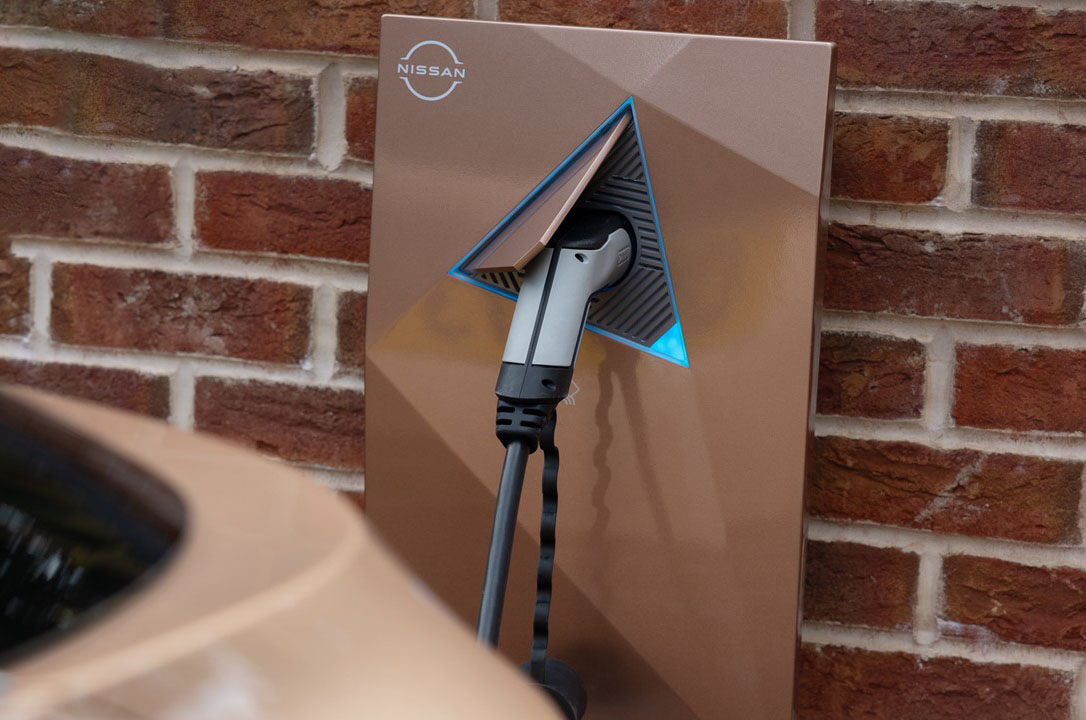The electric successor to the Nissan Leaf will feature bi-directional vehicle-to-grid (V2G) charging available for use by UK customers when it is launched in 2026.
Nissan says it is the first car firm to both develop a “breakthrough” on-board two-way charging system and secure the certification needed to offer the vehicle-to-grid charging service – in which energy stored in a car’s battery can be sold back to the grid – in the UK.
The service will be offered on “selected electric vehicles” and use a special wallbox that has been developed in partnership with Belgian charger manufacturer Dreev to be capable of accepting electricity in two directions.
Hugues Desmarchelier, Nissan’s global electrification ecosystem chief, described the technology as a “potential game-changer for how we view the car” and said the technology would feature on “almost all the new EVs that we will launch on the market after 2026”.
This means the system will be offered on the three new EVs that will serve as successors to the current Qashqai, Juke and Leaf and are set to be built as Nissan’s Sunderland plant – but not the EV successor to the Micra, which will be built by Alliance partner Renault alongside the new 5. The Renault 5 is capable of bi-directional charging but will run on a different system, which Desmarchelier hinted would be offered on the next-gen Micra.
V2G effectively allows cars to become energy storage devices when plugged into the grid, so they could be charged at times when renewable energy is prevalent and demand is low, and then at times of peak demand the electricity in them could be sold back to the grid. That is beneficial to the grid infrastructure, and Nissan estimates it could reduce annual charging costs by up to 50% – while also reducing the CO2 emissions produced by charging by 30%.
According to Nissan, the new bi-directional wallbox required to feed electricity back to the grid will cost around the same as a current standard mono-directional unit.
EV motors run on DC electricity, while grid electricity runs on AC. To cope with that, EVs now feature on-board converters that switch the electricity fed into a vehicle when charging from AC to DC so that it can be used to power the motor.
Nissan’s system effectively allows the car’s on-board system to reverse that process, so that it can turn stored DC energy back into AC, allowing it to be fed back to the grid through a specially developed wallbox.
The new system builds on 40 V2G trial projects that Nissan has run with specially converted Leaf and Ariya EVs in multiple countries in recent years. The new wallbox and on-board unit has been tested on a specially modified Ariya in a trial using the University of Nottingham’s Creative Energy Homes project.

